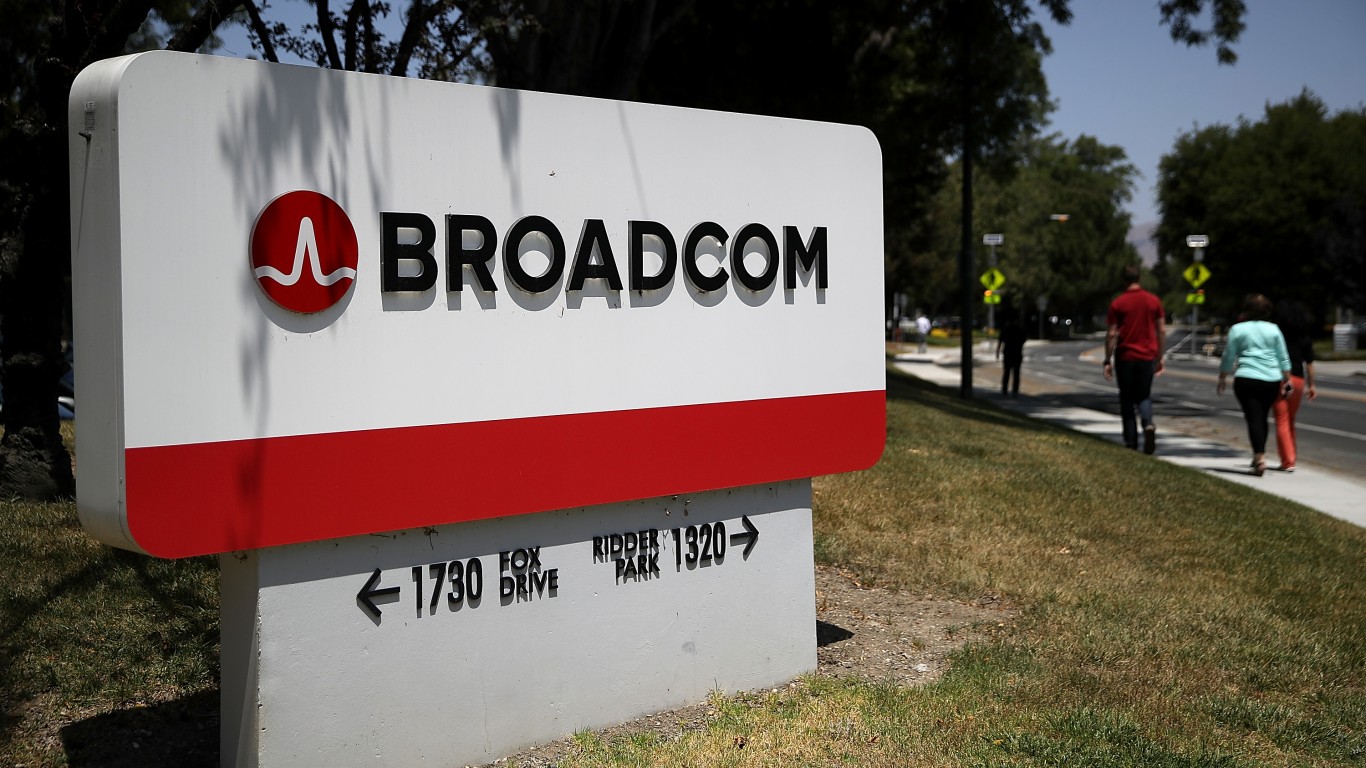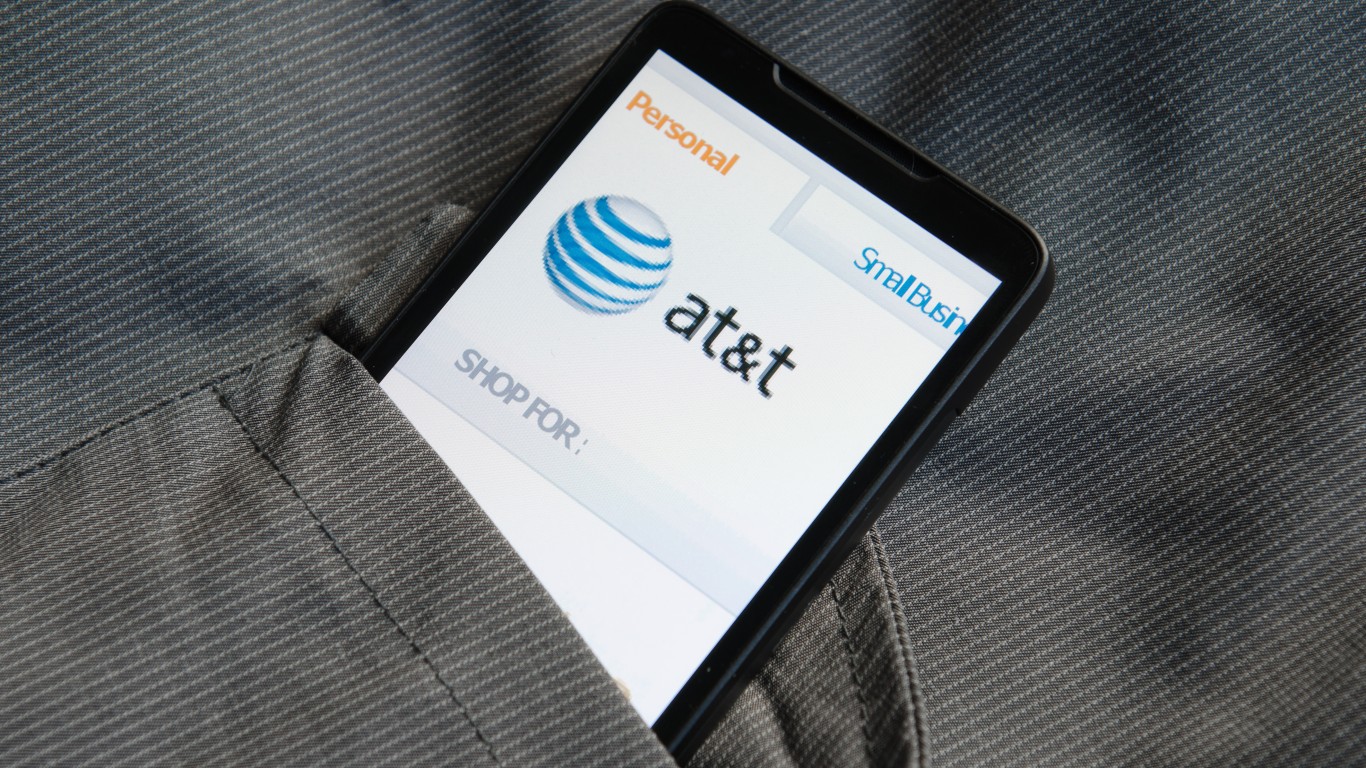
After U.S. markets closed on Tuesday, HP met analysts’ consensus estimate for earnings per share (EPS) and missed the revenue consensus by about 1.4%. Revenue was down 9.9% year over year. PC revenue was down 11% year over year, and printer sales fell 7%. The stock traded down 10% shortly after Wednesday’s opening bell.
Hewlett Packard Enterprise beat estimates on both the top and bottom lines. Year over year, revenue was up by less than 1%. The company issued in-line EPS and revenue guidance for the current quarter. Guidance for the full fiscal year was also in line with estimates. Shares traded about 2.1%.
After U.S. markets close on Wednesday, Chewy, CrowdStrike, Pure Storage and Salesforce will report quarterly earnings, and early Thursday, Campbell Soup, KE Holdings, and Polestar Automotive take their turns in the earnings spotlight.
No notable reports are set for release on Friday or Monday, thanks to the long Labor Day holiday.
Here is a look at what analysts expect when these three companies release quarterly results after U.S. markets close Thursday.
Broadcom
Chipmaker Broadcom Inc. (NASDAQ: AVGO) has added about 73% to its share price in the past 12 months, including a gain of almost 60% for the year to date.
Last week, U.K. regulators approved the company’s proposed $69 billion acquisition of VMware, ruling that the deal would not harm competition for server hardware. That leaves only a blessing from U.S. regulators to close the deal. Broadcom expects that approval because U.S. regulators have let a required waiting period expire, and the company believes that “there is no legal impediment to closing under U.S. merger regulations.”
Analysts remain strongly bullish on the stock, with 21 of 29 having a rating of Buy or Strong Buy. Another seven have Hold ratings. At a recent price of around $890.00 a share, the implied gain based on a median price target of $900.00 is 1.1%. Based on a high price target of $1,050.00, the upside potential is 18%.
For Broadcom’s fiscal third quarter, analysts are looking for revenue of $8.86 billion, which would be up 1.5% sequentially and by 4.7% year over year. Adjusted EPS are forecast at $10.43, up 1.1% sequentially and 7.2% higher year over year. For the full 2023 fiscal year ending in October, estimates call for EPS of $42.11, up 11.9%, on sales of $35.8 billion, up 7.8%.
Broadcom trades at 21.1 times expected 2023 EPS, 19.5 times estimated 2024 earnings of $445.63 and 18.0 times estimated 2025 earnings of $49.46 per share. The stock’s 52-week trading range is $415.07 to $923.18. Broadcom pays an annual dividend of $18.40 (yield of 2.07%). Total shareholder return for the past year was 78.20%.
Dell
Over the past 12 months, shares of Dell Technologies Inc. (NYSE: DELL) have added more than 39% to their price. The company posted a new 52-week high earlier this month after BofA Securities analyst Erik Woodring said that the company’s servers are an interesting play on generative AI applications.
These days, there’s nothing like a link to AI to light a fire under stocks. Investors might want to pay special attention to what Dell has to say about its links with AI. If they’re less than glowing, or if the timeline is either unclear or longish, the stock could get a bloody nose.
Sentiment among analysts remains bullish, with 14 of 21 brokerages having a Buy or Strong Buy rating and the rest rating Dell at Hold. At a share price of around $55.50, the upside potential based on a median price target of $58.5 is 5.4%. At the high price target of $65.00, the upside potential is about 17.1%.
The consensus revenue estimate for Dell’s second quarter of fiscal 2024 is $20.84 billion, down 0.4% sequentially and 21.2% lower year over year. Adjusted EPS are forecast at $1.14, down 13.2% sequentially and by 32.1% year over year. For the full fiscal year ending in January, analysts expect EPS of $5.57, down 26.8%, on sales of $86.93 billion, down 15%.
Dell stock trades at 10.1 times expected 2024 EPS, 9.2 times estimated 2025 earnings of $6.17 and 8.2 times estimated 2026 earnings of $6.91 per share. The 52-week trading range is $32.90 to $58.72. Dell pays an annual dividend of $1.48 (yield of 2.63%), and the total shareholder return for the past year was 43.90%.
Lululemon
Lululemon Athletica Inc. (NASDAQ: LULU) has posted a share price increase of almost 22% over the past 12 months. The stock’s 52-week high was posted earlier this month, but it has pulled back by about 5% since.
The company has beaten consensus EPS estimates in 12 consecutive quarters and consensus revenue estimates in 11 of those 12, missing by just 0.15% in its fourth quarter of fiscal 2022. Lululemon is clearly on a roll. A jump to around $360.00 a share in late March has topped out at around $390.00, and the stock has traded in that range for most of the past five months. Can the streak last? Even if it does, is that enough to keep investors happy?
Analysts have not been generous to Lululemon, either, setting a pretty high bar for second-quarter results. Yet, of 32 brokerages covering the company, 23 have given the shares a Buy or Strong Buy rating. Five more have Hold ratings. At a share price of around $376.00, the upside potential based on a median price target of $425.00 is 13%. At the high price target of $531.00, the upside potential is 41.2%.
Second-quarter fiscal 2024 revenue is forecast at $2.17 billion, up 8.5% sequentially and by 16.0% year over year. Adjusted EPS are forecast at $2.54, 11.4% up sequentially and by 15.5% year over year. For the full fiscal year that ends in January, analysts expect Lululemon to report EPS of $11.94, up 18.6%, on sales of $9.51 billion, up 17.2%.
Lululemon stock trades at 31.4 times expected 2024 EPS, 27.3 times estimated 2025 earnings of $13.74 and 23.5 times estimated 2026 earnings of $15.95 per share. The 52-week range is $277.50 to $394.64. The company does not pay a dividend. Total shareholder return for the past year was 21.86%.
It’s Your Money, Your Future—Own It (sponsor)
Retirement can be daunting, but it doesn’t need to be.
Imagine having an expert in your corner to help you with your financial goals. Someone to help you determine if you’re ahead, behind, or right on track. With SmartAsset, that’s not just a dream—it’s reality. This free tool connects you with pre-screened financial advisors who work in your best interests. It’s quick, it’s easy, so take the leap today and start planning smarter!
Don’t waste another minute; get started right here and help your retirement dreams become a retirement reality.
Thank you for reading! Have some feedback for us?
Contact the 24/7 Wall St. editorial team.

 24/7 Wall St.
24/7 Wall St.



